Neatorama |
- The Secret of The Chicken Katsu Curry
- The Cause of the Recurring Marine Heatwaves
- Why Tarantulas Have Vibrant Colors
- The Resourcefulness of Algae in The Arctic
- The Unlikely Endurance of the Rubik’s Cube
- Floaters
- The Size of Game Consoles Compared
- AI Is Getting Smarter, And These Photos Are Proof
- Why Did This Girl Cry?
- The Quality That Most Influential Leaders Have
- Birds Are Smart
- The Galley Slave and the Barrel Hoop
- Cats Shamelessly Disrespecting People’s Personal Space
- Playing Among Us Using A Bass
- What LEGO Hands Would Look Like in Real Life
| The Secret of The Chicken Katsu Curry Posted: 27 Sep 2020 04:41 PM PDT
Georgia Langton attempted to recreate the chicken katsu curry served in Wagamama (a British restaurant chain) and it seemed like a success.The dish looked tasty when it was served at the dinner table, but when the family tucked in, they found out the secret of the chicken katsu curry that hides beneath the sauce and the chicken breading: it was undercooked. Severely undercooked that her brother, Aidan, called her out and jokingly accused her of "attempted murder." Posting side-by-side images of the dinner she had posted on Snapchat and what he found when he cut into the food, @Aidan_langton wrote on Twitter : "Nothing close to her story. This is actually attempted murder. "I've decided to put my sister down so this doesn't happen again." The tweet gained more than 45,000 likes as @georgialangton_ came forward to own up to the blunder, saying: "Safe to say I'm never deep fat frying again nearly killed my family", before insisting it was a rare blunder, stating: "Btw I'm actually a good cook just had a moment of weakness." I wonder what they ate that night. (Image Credit: Aidan Langton/ Twitter) |
| The Cause of the Recurring Marine Heatwaves Posted: 27 Sep 2020 01:37 PM PDT
In the past 40 years, marine heat waves have become longer and more noticeable. According to scientists, the probability of these events has increased greatly due to global warming. And the one factor that contributes most to this is, unsurprisingly, human influence. According to the findings of the attribution studies, major marine heatwaves have become more than 20 times more frequent due to human influence. While they occurred every hundred or thousand years in the pre-industrial age, depending on the progress of global warming, in the future they are set to become the norm. If we are able to limit global warming to 1.5 degrees, heatwaves will occur once every decade or century. If temperatures rise by 3 degrees, however, extreme situations can be expected to occur in the world's oceans once per year or decade. Learn more about the study over at PHYS.org. This is saddening. (Image Credit: Pixabay) |
| Why Tarantulas Have Vibrant Colors Posted: 27 Sep 2020 01:37 PM PDT
It was previously believed that tarantulas are color-blind. However, scientists were still puzzled over the fact that these spiders come in vivid green and blue colors. What's the reason for this? Researchers from Yale-NUS College and Carnegie Mellon University (CMU) have investigated, and they found out that the tarantulas might be using these colors to communicate with other tarantulas that could be potential mates. If this is the case, then it also suggests that these spiders are not color-blind. The research was jointly led by Dr Saoirse Foley from CMU, and Dr Vinod Kumar Saranathan, in collaboration with Dr William Piel, both from the Division of Science at Yale-NUS College. To understand the evolutionary basis of tarantula colouration, they surveyed the bodily expression of various opsins (light-sensitive proteins usually found in animal eyes) in tarantulas. They found, contrary to current assumptions, that most tarantulas have nearly an entire complement of opsins that are normally expressed in day-active spiders with good colour vision, such as the Peacock Spider. These findings suggest that tarantulas, long thought to be colour-blind, can perceive the bright blue colours of other tarantulas. Using comparative phylogenetic analyses, the team reconstructed the colours of 110 million-year-old tarantula ancestors and found that they were most likely blue. They further found that blue colouration does not correlate with the ability to urticate or stridulate - both common defence mechanisms -- suggesting that it did not evolve as a means of deterring predators, but might instead be a means of attracting potential mates. The green coloration, on the other hand, could serve as camouflage in tree-dwelling spiders. Head over to EurekAlert to know more about the study. (Image Credit: Bastian Rast/ EurekAlert) |
| The Resourcefulness of Algae in The Arctic Posted: 27 Sep 2020 01:37 PM PDT
It has been assumed by scientists that the photosynthetic algae in the Arctic remain largely dormant during the winter season. That assumption is being challenged by this new study, which found out that phytoplanktons,under the thick sea ice and snow, already start growing and multiplying as early as February, a time where light is already barely detectable just about 1.5 meters underwater. The study suggests that springtime blooms are the culmination of an extended period of growth that starts in winter, not a singular burst of activity as was thought. "Arctic phytoplankton are superefficient at using every little photon they can find," Randelhoff says, but he was surprised that they could grow with such little light. As the months progressed and the sun rose higher, the team found that algal growth accelerated, reaching its peak growth rate for the year in April and May, despite the microorganisms still being covered by ice. Think about that for a second. Phytoplanktons grow and even multiply despite being covered by ice. If that isn't impressive, then I don't know what is. (Image Credit: U.S. Air Force/ Wikimedia Commons) |
| The Unlikely Endurance of the Rubik’s Cube Posted: 27 Sep 2020 01:22 PM PDT
In 1974, Ernő Rubik built the first Rubik's cube not as a toy, but as a tool to model three-dimensional movement. The colors were to designate that movement, and only afterward did he discover it was also a puzzle.
The popularity of the puzzle surprised Rubik, and so did its longevity. He assumed it would only be interesting to those with science or engineering backgrounds. Yet here we are 46 years later, and Rubik's cubes still sell like hotcakes. Rubik's new book, Cubed: The Puzzle of Us All, is not so much about the cube itself, but about how people all over the world took it to heart. Read what the book holds and see a video interview with Rubik at Undark. -via Digg |
| Posted: 27 Sep 2020 01:22 PM PDT
|
| The Size of Game Consoles Compared Posted: 27 Sep 2020 01:22 PM PDT
With the upcoming release of the PS5 and Xbox Series X for this year's holiday season, video gamers will surely be breaking their piggy banks in order to buy one of the two consoles. The question is, is there enough space in their homes for the game consoles that they are buying? A Japanese illustrator helps us to put things into perspective. Now that we have official dimensions for both consoles, Keisawada, an illustrator in Japan, decided to create computer-generated models to put their sizes in perspective. The image above shows the relative sizes of a PS5 in vertical mode, an Xbox Series X, and a Nintendo Switch for comparison. When placed alongside each other, you can see that the PS5 towers over the others, while the Xbox Series X takes the prize for girth. Check out the comparisons that Keisawada illustrated over at Technabob. Which console do you plan on buying this holiday season? (Image Credit: keisawada/ Twitter) |
| AI Is Getting Smarter, And These Photos Are Proof Posted: 27 Sep 2020 01:21 PM PDT
With the many things that it can do, such as create poems, songs, and even articles that look like a human wrote it, OpenAI's GPT-3 has certainly caught the eyes of the people. It could be considered as advanced AI already, but scientists are still looking towards making an AI more advanced than this one. GPT-3 trained on an enormous amount of text data. What if the same methods were trained on both text and images? Now new research from the Allen Institute for Artificial Intelligence, AI2, has taken this idea to the next level. The researchers have developed a new text-and-image model, otherwise known as a visual-language model, that can generate images given a caption. The images look unsettling and freakish—nothing like the hyperrealistic deepfakes generated by GANs—but they might demonstrate a promising new direction for achieving more generalizable intelligence, and perhaps smarter robots as well. [...] The final images generated by the model aren't exactly realistic. But that isn't the point. They contain the right high-level visual concepts—the AI equivalent of a child drawing a stick figure to represent a human. (You can try out the model for yourself here.) Learn more details about this AI over at Technology Review. I feel excited and at the same time fearful about the future. What about you? (Image Credit: Technology Review) |
| Posted: 27 Sep 2020 01:04 PM PDT
"Why is she crying?" you might ask upon seeing the photo on the left. But when you see the photo on the right, you probably would go "Oh, I see" after realizing the reason why the girl was crying on the first photo. Still can't figure it out? Head over at Awkward Family Photos to find out why this girl cried. (Image Credit: Brit/ Awkward Family Photos) |
| The Quality That Most Influential Leaders Have Posted: 27 Sep 2020 01:04 PM PDT
The Astatotilapia burtoni. A species of cichlid fish. In this species, there are two types of males: the "leaders", who are aggressive and territorial, and the "subordinates", the weaker, non-territorial males. The former has the control on the group's resources, territory, and space, and pushes everyone around. The latter, on the other hand… well, they just follow. Surprisingly, when it comes to complex tasks, it is not the "leaders" who wield much influence. Rather, it is the silent subordinate who has the greater influence. These were findings from a study published in the Proceedings of the National Academy of Sciences a few months ago. "The same traits that make you powerful in one context can actively reduce your influence in others, especially contexts in which individuals are free to choose who to follow," writes Alex Jordan, the senior author of the study. "More aggressive domineering personalities are most often in positions of power, but they may be least effective and have little influence when compared to their consensus-building coworkers." When Polly found out about this study and its findings, she knew that she learned something very important. … when it comes to staying focused and coming together to push through a challenge, to build the collaborative team needed to function well and improve despite adversity, those who adopt a less in-your-face approach might be the most effective. As the assertive voice in her family, Polly is now trying her best to be the passive, yet powerful, voice, just like her husband. I'm practicing this wait-and-see style more often now too. Learning to listen better. Pausing to think before I answer. Realizing, not everything requires my input or opinion. And that collaboration, particularly in family and friendships—really in any group where you need to come together to get through—makes things better for all. [...] Like the fish, I imagine we all work better when we aren't pushed around, but when we are hungry for leadership, ready to be guided and led by people who respect others and leave room for others to collaborate and share. For other voices to be heard. What are your thoughts about this one? (Image Credit: Russell D. Fernald and Sabrina S. Burmeister/ Wikimedia Commons) |
| Posted: 27 Sep 2020 01:04 PM PDT
It has been a long-standing belief that birds are dumb animals due to their rather weird brain structure, which lacks the neocortex, the part of the mammalian brain responsible for working memory, planning, and problem solving. But in recent years, scientists found out that birds are, in fact, smart animals, who are capable of making tools, as well as understanding abstract concepts. They can also recognize paintings by Monet and Picasso. But what makes them capable of doing these things? They don't have a neocortex, right? Now, researchers have found a previously unknown arrangement of microcircuits in the avian brain that may be analogous to the mammalian neocortex. And in a separate study, other researchers have linked this same region to conscious thought. The two papers are already being hailed as groundbreaking. "It's often assumed that birds' alien brain architecture limits thought, consciousness, and most advanced cognition," says John Marzluff, a wildlife biologist and specialist on crows at the University of Washington, Seattle, who was not involved with either study. Researchers who have "demonstrated the cognitive abilities of birds won't be surprised by these results," he adds, "but they will be relieved." "This research confirms the old adage that looks can be deceiving," Marzluff says. Although bird and mammalian brains "look very different, this study shows us they are actually wired in very complementary ways." So the next time someone calls you a "bird-brain", thank that person for complimenting your intelligence. Learn more details about this study over at Science Magazine. (Image Credit: MabelAmber/ Pixabay) |
| The Galley Slave and the Barrel Hoop Posted: 27 Sep 2020 01:04 PM PDT
The life of a galley slave was miserable, pulling an oar all day long to propel himself to a penal colony. In 1774, a French galley slave named Bazile complained of illness. He was under the care of two different doctors for about five weeks before he died. Not knowing what the problem was, Dr. Fournier did a post-mortem. He found the man's organs in such an odd state that he decided to wait for his colleagues to witness the complete autopsy.
The man had ingested 54 foreign objects, some large enough alone to cause his death, yet he lived under medical observation for more than a month. See a list of what was found inside, and the investigation that followed, at Thomas Morris. -via Strange Company |
| Cats Shamelessly Disrespecting People’s Personal Space Posted: 27 Sep 2020 01:04 PM PDT
Why do cats follow us into the bathroom? They love to sit in the cool porcelain sink. They are fascinated with flushing. They know you don't have anything better to do while sitting on the toilet than to pet the cat. And they are terrified of baths and showers. Is that it? Or could it be that the things humans do in the bathroom are just so strange to them that they have to watch?
For whatever reason they do it, once you have a cat, you will not have privacy in the bathroom. See a roundup of 50 cute and funny pictures of cats invading their human's bathroom privacy in a ranked list at Bored Panda. |
| Posted: 27 Sep 2020 01:04 PM PDT
Davie504 shows us once again that the bass guitar is not just a musical instrument; it can also be a game controller. Thanks to a code that his friend made, Davie was able to control his in-game character as he plays notes on his bass. Surprisingly, he even wins a few games. While everyone struggles in playing the game using either a mobile phone or a mouse and keyboard, he owns the game by his bass. Now that's the power of bass. (Image Credit: Davie504/ YouTube)
|
| What LEGO Hands Would Look Like in Real Life Posted: 27 Sep 2020 01:03 PM PDT
If you had the hands of a LEGO minifig, what would they look like? Comic book artist James McKelvie directs us to this image. These flesh claws would actually be useful for precision tool work. We'll have to change the way keyboards are designed, though. -via Super Punch |
| You are subscribed to email updates from Neatorama. To stop receiving these emails, you may unsubscribe now. | Email delivery powered by Google |
| Google, 1600 Amphitheatre Parkway, Mountain View, CA 94043, United States | |


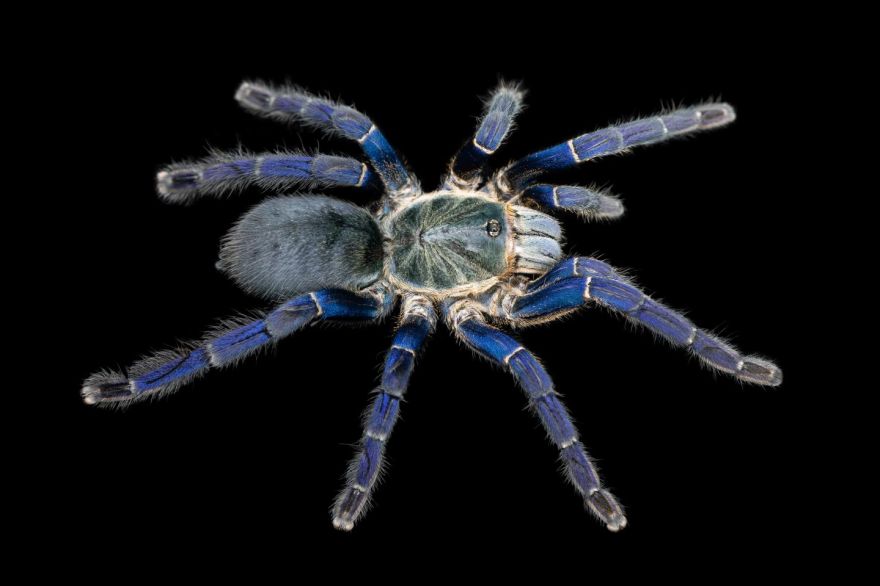




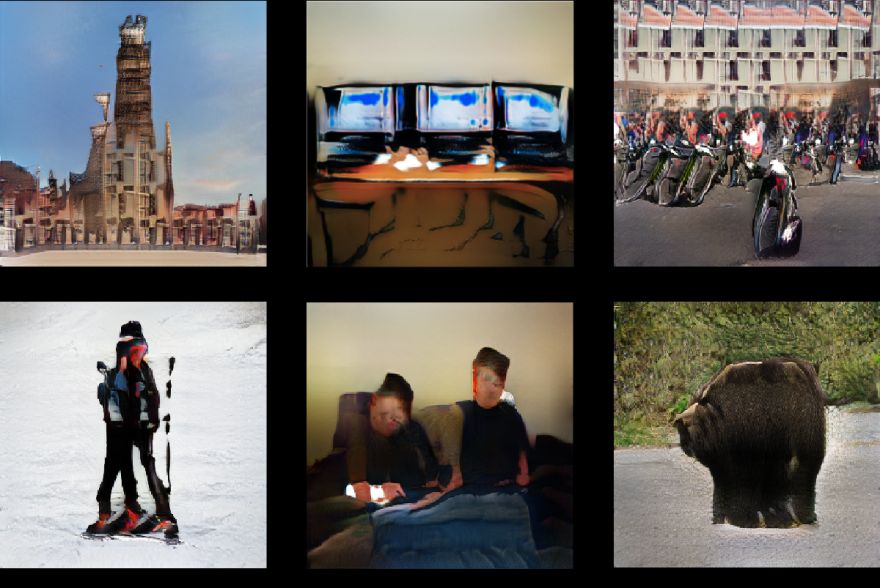

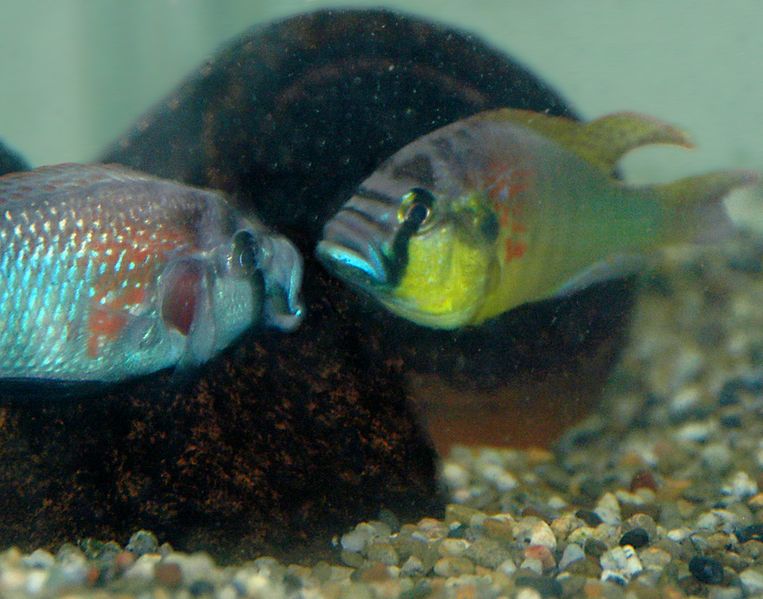
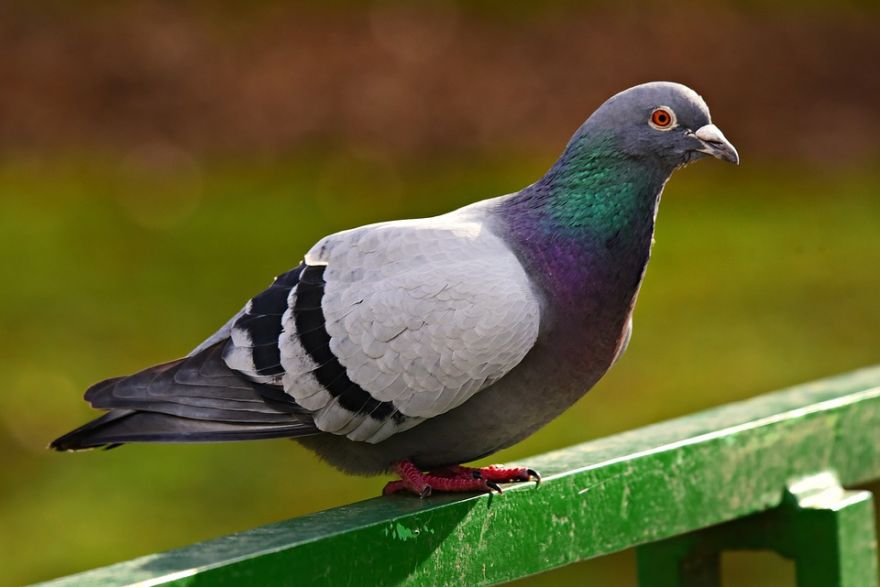
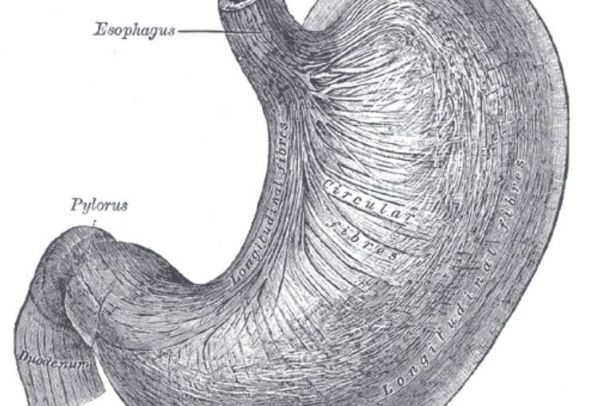
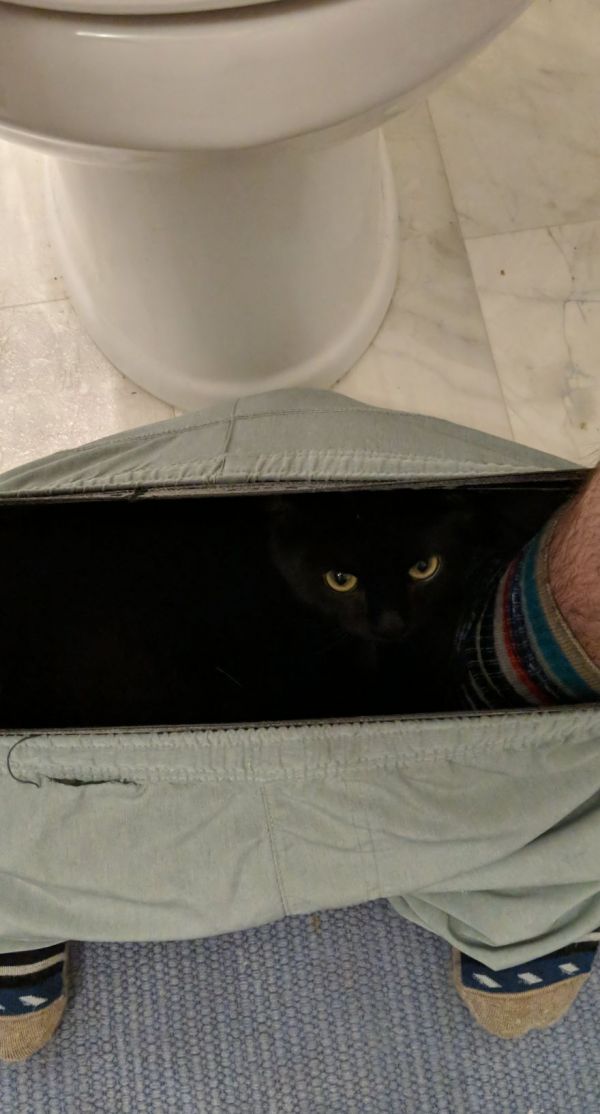 (Image credit:
(Image credit: 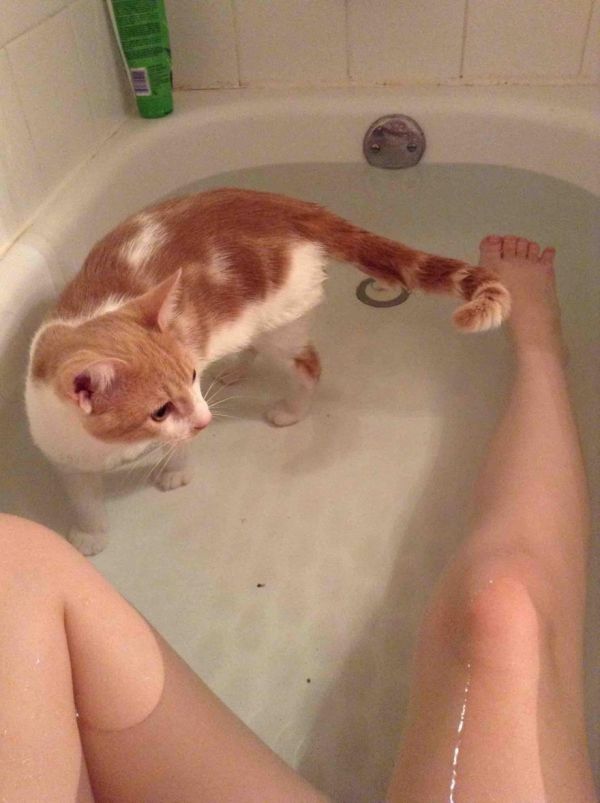 (Image credit:
(Image credit: 


No comments:
Post a Comment
Keep a civil tongue.